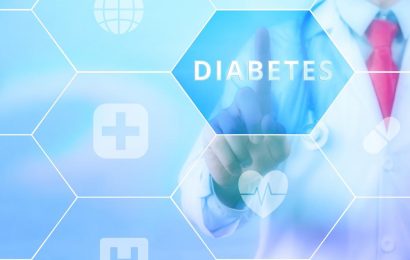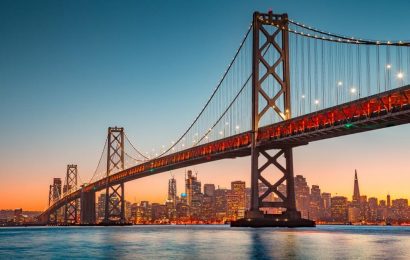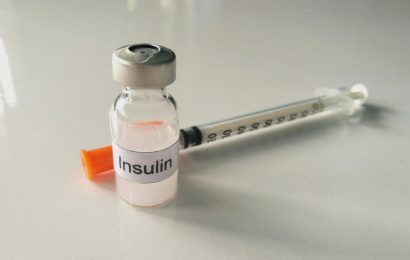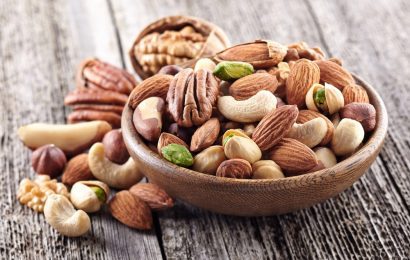You sit down to eat. How will your meal affect your blood glucose? If you’re on insulin, how much should you take? Turns out that counting carbohydrate will not always give you the answer. Food can affect you in strange ways.
Do you know about the pizza effect? In a blog on glycemic index, I mentioned how plain pizza had a much higher glycemic index than a deluxe pizza with all the toppings. Plain dough and sauce raises your blood glucose way faster.
What I didn’t mention was that all that carbohydrate in the deluxe pizza will get into your bloodstream eventually. You just don’t know when, unless you check your blood glucose every hour for four hours or even more. That’s because the fats and protein in the toppings slow down the absorption of carbohydrate. As a result, your blood glucose might spike two to five hours after the meal.
Other meals that combine lots of carbohydrate with fats and/or proteins could have the same effect. Jan Chait posted here five years ago about a big spaghetti fest she had with her husband. The pasta was covered with a fatty sauce, with a side of garlic bread and lots of butter. Because of the fats (the pizza effect,) her blood glucose levels were up for two days, instead of just spiking high for an hour or two.
One commenter posted on HealingWell.com that he injected enough insulin to cover the carbohydrate in a big Chinese meal, including lots of fried food. Two hours after eating, his glucose was 171, the same as it had been before the meal. But three hours later his sugar was over 500! It took him days to get back in control.
Sometimes the pizza effect is helpful, like at bedtime. A bedtime snack that includes a small amount of fat and protein can help keep overnight levels from going too low. That way you don’t get a rebound effect in the morning.
If you’re not taking insulin, a delay in rising glucose is often a good thing. Your body will have more time to crank up its phase 2 insulin response. But that doesn’t always work. If the delayed spike happens all at once, your insulin might still be overwhelmed.
If you are taking insulin, the pizza effect is an even bigger deal. You might inject insulin to cover the first 1–2 hours after your meal, but the carbohydrate in the meal will not be in your blood yet. So you might go low. Then a couple of hours later when the glucose kicks in, the insulin will have worn off, and you’ll be way too high.
On Health Central, a person helping her son use a continuous glucose monitor (CGM) found out that he needed to take a small amount of insulin immediately, then take an extended bolus for up to six hours, to avoid spiking.
Science writer Gary Taubes wrote that high glucose numbers after a fatty meal aren’t the fault of the fat. In Taubes’ view, fats won’t cause a glucose rise without the carbohydrate. If you just ate the pizza toppings and not the crust, you’d be OK.
There may be more to the pizza effect than just delayed carbohydrate absorption, though. Studies show that eating fats can increase inflammation and insulin resistance.
Not everyone experiences the pizza effect. This comment thread features many people with diabetes saying they never experienced the effect, though they ate pizza and monitored frequently to look for it.
Chinese Restaurant Effect
The pizza effect is not the only thing that can throw you off. Dr. Richard Bernstein described what he called the “Chinese Restaurant Effect,” in which glucose levels spike far higher than a low-carb meal could have possibly caused.
Bernstein cites a person with Type 1 whose glucose went from 90 to 300 after eating a head of lettuce. Lettuce has very little carbohydrate content, so how could this happen?
Bernstein explains:
The upper part of the small intestine contains cells that release hormones into the bloodstream whenever they are stretched, as after a large meal. These hormones signal the pancreas to produce insulin in order to prevent the blood sugar rise that might otherwise follow digestion of a meal. Large meals cause greater stretching of the intestinal cells, which in turn secrete larger amounts of these hormones.
Since a very small amount of insulin released by the pancreas can cause a large drop in blood sugar, the pancreas simultaneously produces the less potent hormone glucagon to offset the potential excess effect of the insulin.
Glucagon raises blood glucose by telling the liver to break down starch into glucose. So the two hormones should balance out, but in a person with diabetes, the insulin won’t kick in, just the glucagon. So eating large amounts of anything, “even sawdust” says Bernstein, could raise your blood glucose.
Seems like it’s best not to eat big meals at all, to avoid the Chinese Restaurant Effect. To avoid the pizza effect, if you are going to eat things like pizza, keep the portions small and check your blood glucose several times in the hours following, because you don’t know when you’ll spike. Make sense?




